Do you know what it means when a photograph is said to be blown out? If not, don’t worry – you’re not alone! Since some photographers use this term frequently, it can get confusing for those who may be newer to the photography game.
In this blog post, we aim to break down the phrase ‘blown out’ about digital photography and explain why that particular issue can occur.
We will also provide tips on how to avoid it so your shots stay vibrant and clean! So jump right in and take away some useful insight into photographic terminology today!
What Does ‘Blown Out’ Mean in Photography?
The highlights and colours in that area have been overexposed, resulting in a “flat” look as if someone has turned up the brightness or contrast too much on the image.
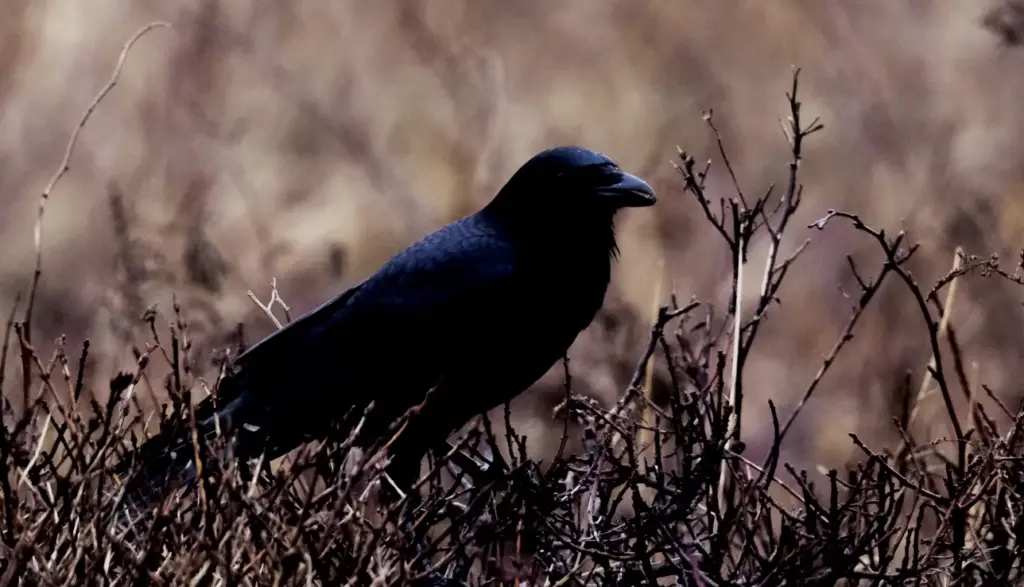
This usually happens when the image sensor cannot properly capture and balance out all of the light levels in the scene. [1]
Blown Out Backgrounds
The most common type of blown-out image is one with a bright white background. This is because when the camera shoots in auto mode, it tends to try and balance out all of the light levels, which can lead to an overexposure of the brighter areas like skies or white backgrounds.
The resulting shot may have details that are completely lost due to too much brightness.
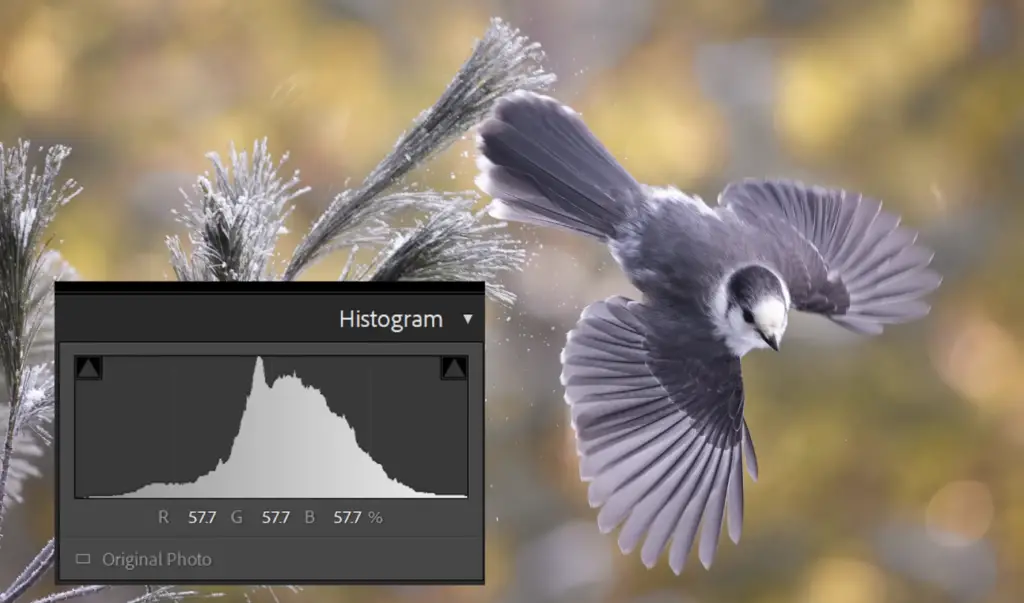
Are Blown Out Backgrounds Bad?
No, not necessarily! There are some cases where a blown-out background can be used to great effect. It could add drama and contrast to the scene by creating an almost otherworldly look.
When Are Blown Out Backgrounds Good?
A blown-out background or overexposed shot can be used to great effect when shooting a silhouette. This is because the bright white background helps to enhance the darkness of the subject’s silhouette, making it stand out more in the image. [1]
How to Fix/Avoid Blown-out Photos?
Use RAW Files
Using RAW files is the most reliable way to avoid blown-out images. These files have a much higher dynamic range than JPEGs, meaning they can capture more detail in bright and dark areas of the image.
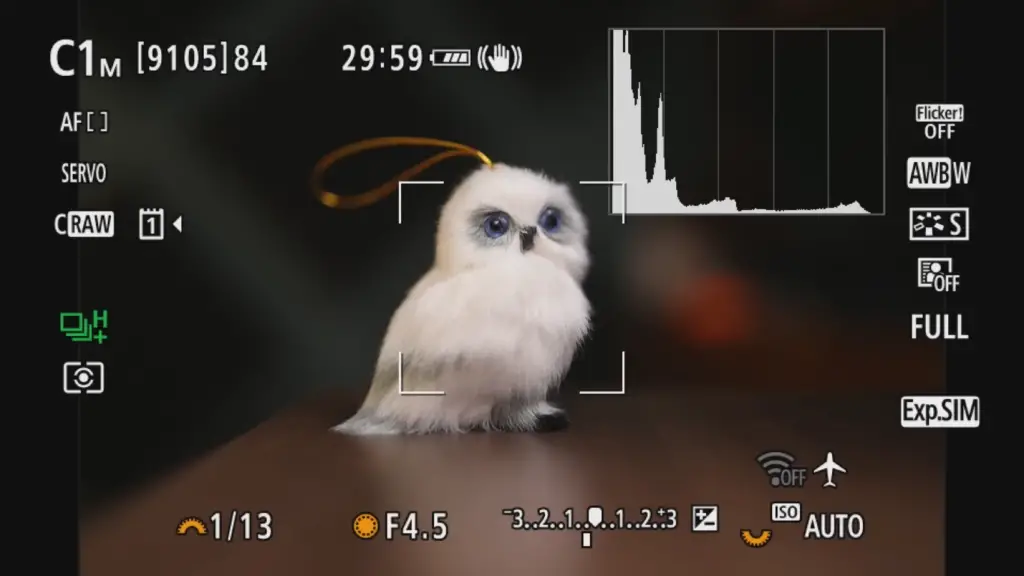
This makes it easier to adjust the exposure (either in post-processing or even while shooting) so you can get a better overall balance without losing any details from the highlights.
Use Exposure Compensation
If you’re shooting in auto mode, it can be difficult to get the exposure right. That’s why it’s important to use exposure compensation when necessary.
This will allow you to manually adjust the brightness of an image before taking a shot, allowing for more control over how bright or dark certain elements of the scene appear.
Use a Graduated Neutral Density Filter
This is a great way to make sure certain elements of the scene (like skies) don’t get overexposed. A graduated ND filter darkens specific parts of the image, making it easier for the camera to balance out all of the light levels in an image.
Shoot in HDR
HDR stands for high dynamic range, and it’s a great way to capture images with both bright and dark elements without losing details in either.

This is because HDR takes multiple shots at different exposure levels and then combines them into one image, which helps preserve the detail in all parts of the scene.
Highlight Alert
If you’re shooting in RAW, most modern cameras will offer a highlight alert feature that will show blown-out highlights in the image as you take it.
Check Your Histogram Regularly
Checking the histogram of an image is another great way to make sure your exposure levels are correct. The histogram is a graph that shows the level of brightness in an image, and you can use it to check if any areas appear too bright or dark.
Photo Editing Software
If you do find that your images are too bright, photo editing software can help. Most programs have a variety of tools that can be used to tweak the exposure levels and recover details from highlights or shadows. [2]
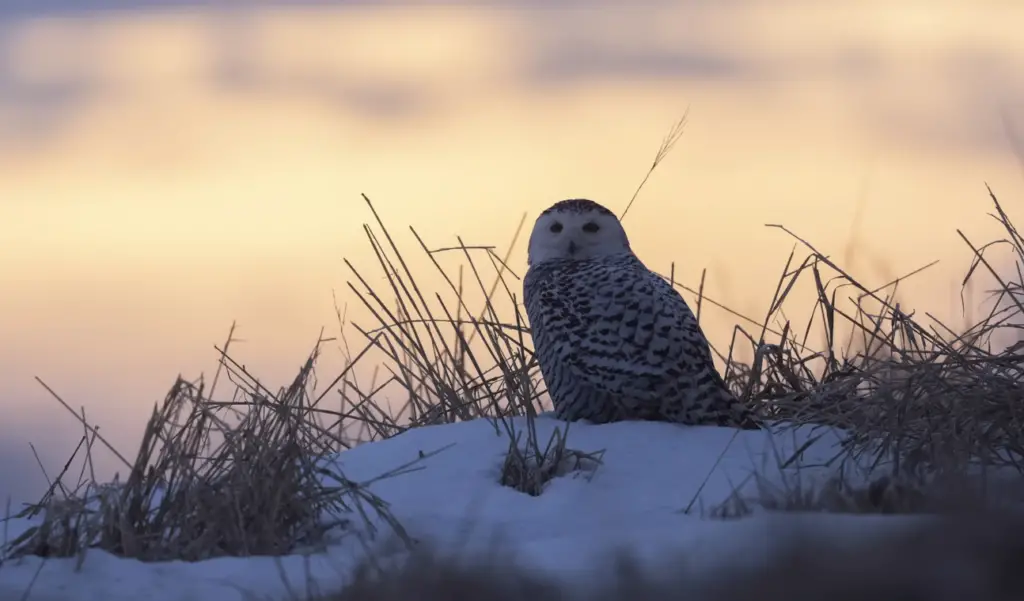
FAQ
What does blown out mean in art?
“Blown out” in art is used to describe a painting or drawing where certain elements of the scene are too bright, making them almost completely white.
This usually happens when the artist cannot properly capture and balance out all of the light levels in the scene.
Can I fix blown-out photos?
Yes! If you find that your photos are too bright, photo editing software can help. Most programs have a variety of tools that can be used to tweak the exposure levels and recover details from highlights or shadows.
How do you fix a blown-out photo?
There are several ways to fix a blown-out photo. You can use RAW files, use exposure compensation, use a graduated neutral density filter, shoot in HDR, use highlight alert settings on your camera, or check the histogram of an image.
Additionally, photo editing software can help you tweak the exposure levels and recover details from highlights or shadows.
What does an overexposed photo look like?
An overexposed photo is one where certain elements of the scene are too bright, making them almost completely white.
The highlights and colours in that area have been overexposed, resulting in a “flat” look as if someone has turned up the brightness or contrast too much on the image.
Can a photo be blown up?
Yes! You can use photo editing software to blow up a photo and make it larger. However, this will usually result in a decrease in image quality, so it’s best to keep the original version at its full size if possible.
What is a highlight alert?
A highlight alert is a feature found in some modern cameras that will show blown-out highlights in the image as you take it. This can be extremely helpful when trying to get the exposure right, as you can adjust your settings before taking a shot rather than afterward.
What is a graduated neutral density filter?
A graduated neutral density (GND) filter darkens specific parts of the image, making it easier for the camera to balance out all of the light levels in an image.
This is especially useful when shooting scenes with bright skies or other areas that may be too bright for the camera to handle.
What is HDR photography?
HDR stands for high dynamic range, and it’s a great way to capture images with both bright and dark elements without losing details in either.
This is because HDR takes multiple shots at different exposure levels and then combines them into one image, which helps preserve the detail in all parts of the scene.
How do I adjust the exposure in photography?
The most reliable way to adjust the exposure is to use RAW files. These files have a much higher dynamic range than JPEGs, meaning they can capture more detail in bright and dark areas of the image.
You can also use exposure compensation when shooting in auto mode, or use a graduated neutral density filter if you’re dealing with a scene that has bright skies. Additionally, shooting in HDR and using highlight alert settings on your camera can also help you adjust the exposure.
Why is my photo too bright?
There are several reasons why a photo may be too bright. If you’re shooting in auto mode, it can be difficult to get the exposure right. That’s why it’s important to use exposure compensation when necessary.
You could also be dealing with a scene that has bright skies or other areas that may be too bright for the camera to handle, which is why a graduated neutral-density filter can be helpful. Lastly, check your histogram regularly to make sure that the exposure of an image is correct.
Does a higher ISO make photos brighter?
No, a higher ISO does not necessarily make photos brighter. It can help to brighten an image slightly, but it also increases the amount of noise in the photo and can result in poor-quality images. It’s best to use the lowest ISO setting possible when taking photos.
Do I need to use a filter for landscape photography?
Filters can be helpful when shooting landscapes, as they help reduce glare and protect your lens from the elements.
Additionally, a graduated neutral-density filter can come in handy if you’re dealing with scenes that have bright skies or other areas that may be too bright for the camera to handle. Ultimately, it’s up to you if you want to use a filter or not.
Does a flash make photos brighter?
Yes, a flash can help make photos brighter. If you’re shooting in auto mode and the exposure is off, using the flash can help fill in details and bring out more light in an image.
However, be careful not to overexpose the image as this can lead to blown-out highlights and flat-looking images.
Do I need a tripod for landscape photography?
A tripod can be helpful when shooting landscapes, as it provides stability and allows you to take long exposures without introducing motion blur.
Additionally, if you’re dealing with scenes that have bright skies or other areas that may be too bright for the camera to handle, using a neutral-density filter along with a tripod will help keep the exposure balanced and capture more detail in the highlights and shadows. Ultimately, it’s up to you if you want to use a tripod or not.
Does a higher shutter speed make photos brighter?
No, a higher shutter speed does not necessarily make photos brighter. A faster shutter speed will allow you to capture more light in an image, but it can also result in motion blur if the subject is moving or the camera is shaking.
It’s best to use the fastest shutter speed possible while still avoiding motion blur when taking photos.
Can I use my camera flash indoors?
Yes, you can use your camera’s flash indoors to help make photos brighter and fill in details in dark areas of the scene. Just be careful not to overexpose the image as this can lead to blown-out highlights and flat-looking images.
Additionally, using a lower ISO setting and a faster shutter speed can help avoid or lessen the effects of camera shake.
Does a wider aperture make photos brighter?
Yes, a wider aperture can help make photos brighter. A wide aperture will allow more light to enter the camera and can result in brighter images. However, be careful not to overexpose the image as this can lead to blown-out highlights and flat-looking images.
Do I need to use a filter for portrait photography?
Filters can be helpful when shooting portraits, as they help reduce glare and protect your lens from the elements.
Additionally, a soft-focus or warming filter can come in handy if you’re dealing with scenes that have harsh lighting or other areas that may be too bright for the camera to handle. Ultimately, it’s up to you if you want to use a filter or not.
Can I use HDR for portrait photography?
Yes, you can use HDR for portrait photography. With HDR, you can capture more dynamic range than standard single-exposure shoot-outs, which can help preserve the detail in all parts of the scene.
Just be careful not to over-process the image as this can lead to flat-looking results. Ultimately, it’s up to you if you want to use HDR or not.
Is it OK to take pictures at night?
Yes, you can take pictures at night. However, it’s important to use a tripod and set your camera’s ISO setting to the lowest possible number to avoid camera shake and noise in the image.
Additionally, using a longer shutter speed will help capture more light, but be sure to check your histogram regularly to make sure that the exposure of an image is correct. This will help you avoid blown-out highlights and flat-looking images.
Are there any other tips for avoiding blown-out photos?
Yes, there are a few other tips to help you avoid blown-out photos. When shooting in auto mode, use exposure compensation when necessary and check your histogram regularly to make sure that the exposure of an image is correct.
Additionally, using a graduated neutral-density filter can come in handy if you’re dealing with scenes that have bright skies or other areas that may be too bright for the camera to handle.
Lastly, make sure you don’t overexpose the image as this can lead to blown-out highlights and flat-looking images.
Useful Video: THIS IS WHY YOU “BLOW OUT” YOUR HIGHLIGHTS. Get perfect exposure every time using the histogram!
Conclusion
Having a good understanding of what ‘blown out’ means in photography can help you take better photographs and avoid overexposing your shots. But there are times when blown-out colours may be purposefully used to create a certain effect.
Experimenting with overexposed areas can bring some life, contrast, and interest to a photograph in ways that normally exposed shots cannot.
Remember, just because something is blown out doesn’t mean it has no value! The blown-out whites of the sky and highlights in an urban cityscape photo can create interesting patterns while blowing out the colours of a sunset can give the photograph an ethereal feeling.
It’s all up to you to decide when you want to blow out and how much creative control you want over each shot!
References
- https://www.photographypursuits.com/what-does-blown-out-mean-in-photography/
- https://www.photodoto.com/what-does-blown-out-mean/






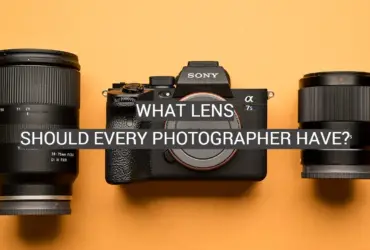


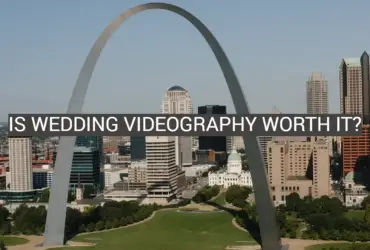
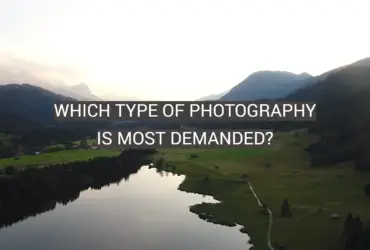
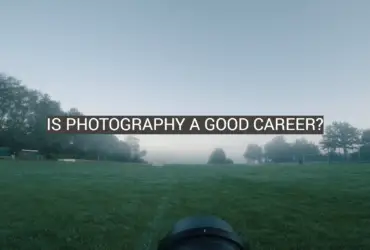
Leave a Reply